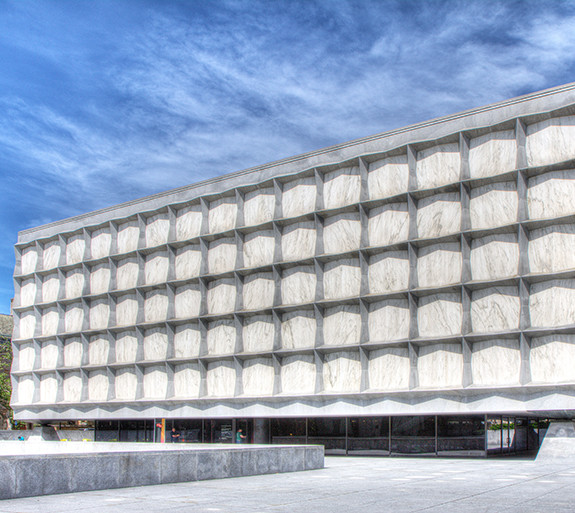Susan Barbour, “The Origins of the Prose Captions in H. D.’s Helen in Egypt”, Review of English Studies, 2011 (advanced access published November 18, 2011). (Full text of the article is available online: Barbour-H. D.)
H.D.’s Helen in Egypt, written between 1952 and 1955 and published posthumously in 1961, is a major work of a modernist poet at the height of her powers. Yet critical attention to it has been relatively sparse, most likely due to the puzzling effect created by the dynamic combination of poetry and prose. Conventional readings of this poem have either ignored the prose segments altogether or interpreted them through psychoanalytic, feminist and postmodernist perspectives. But an important letter H.D. wrote to Norman Holmes Pearson on the 3rd of February, 1955 reveals that she decided to include the prose segments after she had visited a nearby recording studio where she had made the spontaneous decision to give brief introductions to the poems. The letter furthermore indicates that she envisioned her own translation of Euripides’ Ion to be a model for crafting the prose interludes—and indeed Euripidean drama and its criticism turns out to offer crucial perspectives for understanding how they function. This essay seeks, therefore, to problematize conventional readings of this poem and offer new considerations of its hybrid textuality by situating it within the contexts of Euripidean drama and twentieth century theories of orality. When read in this light, Helen in Egypt reveals itself to be a reflection of its compositional process both structurally and at the level of its narrative, thereby constituting a unique example of a reflexive modernist text that fuses poetry and prose as well as oral and textual consciousness.
H. D.’s letter to Norman Holmes Pearson, 3rd of February, 1955, appears in the Norman Holmes Pearson Papers (ZA Pearson); related collections and resources include the H. D. Papers (YCAL MSS 24) and Image Guide and the Bryher Papers (GEN MSS 97) and Image Guide.
Image: H. D in Egypt

